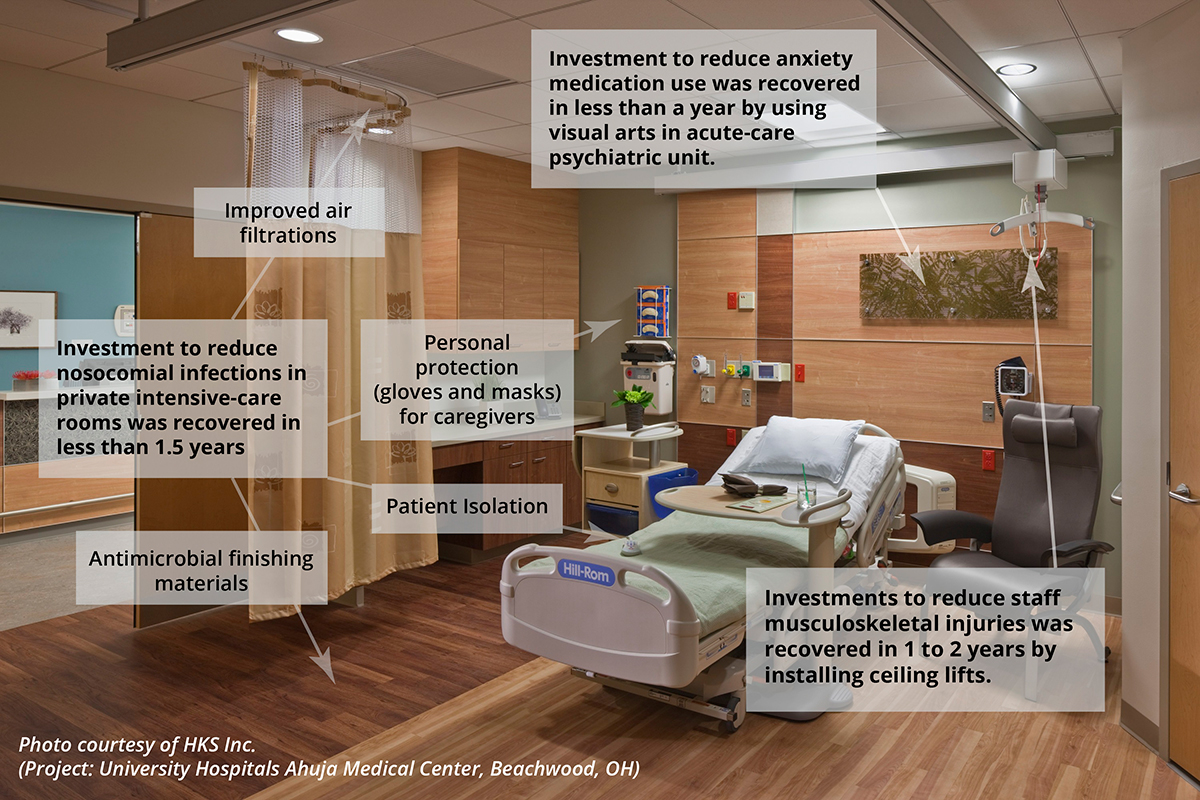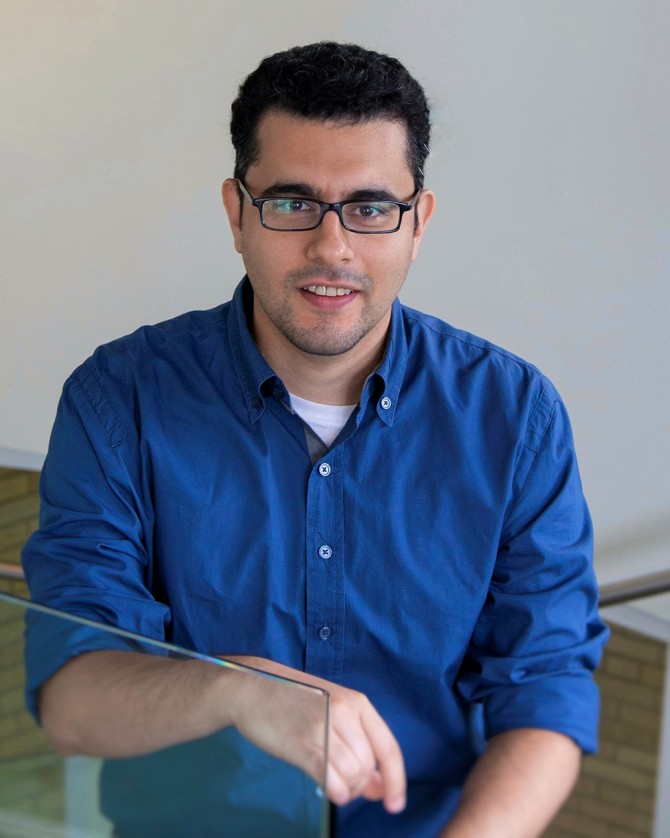Good medical facility design boosts care, saves money
By Blaine Friedlander

Well-designed health care facilities lead to better patient outcomes that, in turn, result in money saved for medical facility owners, according to a Cornell study published in the Health Environments Research and Design Journal (July 2015).
Health care facility owners often believe that new design and construction offers little, if any, payback.
“This paper shows that good design is good for business. Building facilities that follow guidelines – as shown by research – will likely to develop more economically viable health care for the community,” said Rana Zadeh, assistant professor of design and environmental analysis. “Smart spending upfront prevents high costs in the future, and results in fewer infections and injuries for both patients and staff.”
The research describes a way to put evidence-based scientific design knowledge into practice. Aging, outdated health care infrastructure – some decades old – is outmoded and needs to be replaced. Experts believe that through 2017, the United States will spend more than $200 billion to refurbish or build new facilities.
Good facility design and operation interventions that resulted in reduced hospital-acquired infections, patient falls, staff injuries and patient anxiety had a considerable payback. For example, installing ceiling lifts in an intensive care unit led to fewer staff back injuries and resulted in savings of $800,000, according to case studies contained in the research, and constructing acuity-adaptable rooms in a critical care unit yielded $900,000 in savings. Installing artwork in a psychiatric facility waiting room reduced patient agitation and anxiety.
The paper proposes a framework for evidence-based and value-based decision-making about facility design and construction, and then describes making rational, financially informed decisions to put research into practice.
“A window of opportunity is quickly emerging as investments are being made to build and renew health care environments to incorporate the latest efficiency and safety practices,” said Zadeh.
Given the increased urgency to reduce health care costs and improve quality, access to reliable evidence on the best strategies for facility investments will be vital for successful decision making, the researchers said.
“If we build hospitals based on research to improve care, we are more likely to have better business outcomes as well,” Zadeh said.
The evidence-based decision making framework encourages decisions based on the best health care design, explained postdoctoral researcher Hessam Sadatsafavi, a co-author of the study along with Zadeh and Ryan Xue ’15.
“With the availability of scientific evidence, decision-making processes about facility design and operation can be transformed from an intuitive process to an evidence-informed and analytical one,” he said.
Media Contact
Get Cornell news delivered right to your inbox.
Subscribe
